A CNC (Computer Numerical Control) machine is an electro-mechanical device used to manipulate and control machine-shop tools and devices using computer programming. It works by taking the computer-generated code and converting it with software to electrical signals.
CNC machining is a field where precision matters. Even small mistakes can cost time (and by extension, money), and bigger mistakes can render machined components unusable. Therefore, it's important to know about some of the most common machining problems, and how to avoid them.
The machining error of machining tools or machines caused by vibration can cause an unreliable machine. Often the problem is caused by a lack of tools, or aging machinery. This calculator can help coding developers determine the correct instrument for their specific process.
Many errors will happen in the production of CNC machines. Detailing them would take more room in this article so we will look at common mistakes in machine machining.
If you choose the wrong tool it may lead to poor material finishing results. These could include rough edges, cut edges on surfaces, raised marks or burn marks at edges or corners. Overuse of tools is possible. A poorly finished product can occur either because of a blunting tool or improper feeding speed ratios in the tool's handling. Often this is caused by improper dimensions for machining the task and its dimensions and the dimensions or their matching to material. The best solution is choosing the right tools.
Choosing the wrong tool for the job may often result in poor quality material finishes. It will cause rough edges, cutter marks on the surface, raised marks, or burn marks on the material's edges or corners. There are a number of calculators available to assist programmers in deciding what the correct tool is for a particular process. Cutting tool suppliers have detailed databases and product specialists able to assist programmers with selecting the optimum tools, and programming the correct parameters for those tools.
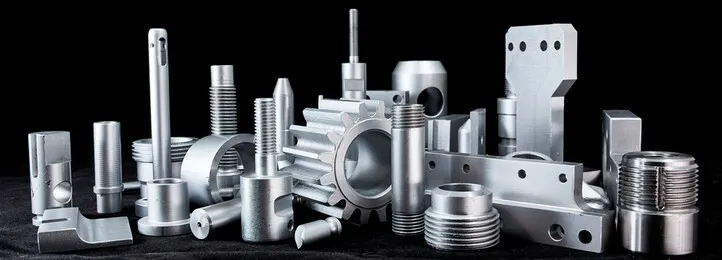
As highly sophisticated equipment controlled by CNC computers, a lot of the issues which arise in CNC machining often come from programming. A program error may cause knock-on effects as small as simple irritation and may lead to catastrophic damages to machinery, tooling, and equipment. The problem is difficult to detect, especially with an experienced staff member. Some common errors have linguistic or spelling implications. Replace 'O' with 0 or put a comma in the wrong place. Many CNC machines have failed safety features so they reduce the risk of damaging your machine or tools.
Poor Machine Maintenance One major cause of machining inaccuracies—and in drastic cases, machine failure—is improper maintenance. CNC machines are complex pieces of equipment with many moving parts. They need to be cleaned and lubricated regularly in order to operate at peak performance.
A CNC machine that is poorly maintained will accumulate debris and may block your filters, resulting in overheating and significant damage over time. CNC machine require regular maintenance to operate efficiently and provide a stable performance. When cleaning a machine or tool it can become hard or prone to damage. CNC Machines need to be very carefully cleaned and lubricated regularly. Dirty machines may lead to inaccuracy and precision problems as workpieces may experience unwanted movement during machining.
To avoid these conditions the operator must maintain a detailed maintenance schedule for the machines used in the workplace in order to prevent accidents. It is advisable for operators to regularly monitor temperature, air pressure or coolant level, e.g. filtering air, and this is necessary to keep the operation running smoothly. It is possible that the spinning wheel overheating may occur due to the choked air filter in your cooling system. To prevent this, the machine operators must follow a detailed maintenance regime for the machine tools in use.
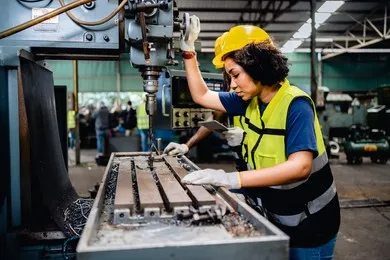
As CNC tools are increasingly used they require different skill sets and knowledge to work efficiently. In addition, the workers can not optimize the yield of this machine unless the machine has machining skills or experience with previous machine models. The best machine operators are the ones who can visually design machining processes. Modern CNC machines have a fail-safe feature to minimize serious machine and tool damage. These problems can be difficult to detect, especially when there are new or inexperienced employees involved. To avoid these kinds of errors, the new operators need to be adequately trained in the different ways in which CNC machines can be programmed and comprehensive user manuals and training.
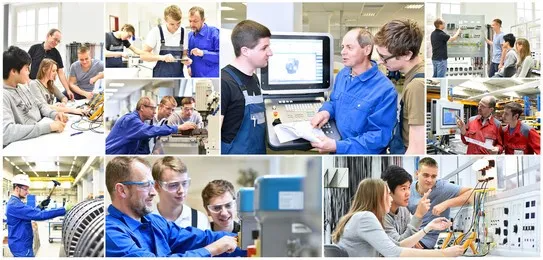
This problem occurs when pieces of work are not held securely by the chuck or are stifled during machining. Attention: A defective piece of equipment may cause an accident, damage or worse, injury for operators! Consequently, a properly clampable component must be installed at a machine tool. Check if the part is correctly positioned to ensure secured clamping.
Some CNC machine tool displays and parts can not function if a problem occurs at the power supply. To correct these problems ensure the correct voltage and power supply inputs are supplied. During this period the input side will check whether it functions correctly. Recommended: Get specialized testing for you. If no power has been measured and the current is low, consider removing the output wiring and putting them back on and rechecking the output. You could also check that the light switches work and examine the fuse to see if it's blowing.
Occasionally, you may face challenges with the automatic tool changer in your CNC Machine tool. This could be resolved by learning every step of the tool-changing process and troubleshooting it by diagnosing what went wrong. But the best way to troubleshoot the problem is to learn every step of the tool-changing sequence.
By following these simple tips, you can avoid common CNC machining mistakes and ensure your operations are running smoothly. With proper maintenance and an understanding of how hydraulic cylinders, computer programming and tool-changing sequences work together, you’ll be able to keep your machines running optimally for years to come.
Operating computer numerical control (CNC) machines is a complicated task, requiring precision and accuracy. Even the most experienced machinists can make mistakes, and those mistakes can be costly. To maximize tool and machine life and ensure the highest quality of workmanship, one should pay close attention to common CNC machining mistakes.
One of the most common mistakes made during a CNC machining process is not having a fixed maintenance schedule aimed at prevention. Although regular maintenance and upkeep can seem like an unnecessary extra expense, it is crucial in order to ensure that the machine is running smoothly and safely throughout its entire lifespan. A good rule of thumb is to inspect all components, lubricate sections, and replace worn tools on a monthly basis. This helps preserve accuracy while saving time and money in the long run.
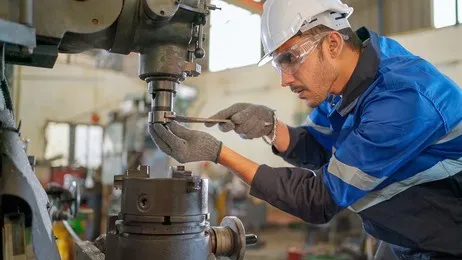
Some of the most common CNC machining errors include insufficient tool sharpness, incorrect tool path programming, and overworking the machine. To avoid these mistakes, it is important to check the tool's sharpness regularly and use a computer-aided design (CAD) program to create accurate tool paths. Additionally, avoid overworking the machine by using proper feed rates and cutting depths for each material.
Another mistake often seen with CNC machine is using them for tasks they were not meant to do. For example, trying to cut harder materials or faster than what the machine was designed for can cause damage or even breakdowns in the expensive machinery. Making sure that the machine has been correctly set up with the proper tools and parameters before beginning a job can ensure that it is working efficiently and safely.
It’s important to double-check that tools do not come in contact with the sides of the workpiece, as this can cause significant damage. Additionally, make sure to properly account for tool wear and adjust tool settings accordingly.
It is important to ensure that the machine is properly lubricated. Not only does a lack of lubrication lead to poor tool performance, but it can also reduce the machine’s life. Be sure to check the temperature of the cutting fluid and replace it as necessary.
Using incorrect cutting parameters or programming errors are frequent blunders when operating CNC machines. Making sure to double-check the code entered into the controller as well as ensuring that all of the cutting parameters have been correctly inputted can eliminate costly mistakes down the line. Having a quality assurance team in place to verify any data entry prior to running the machine is also highly recommended.
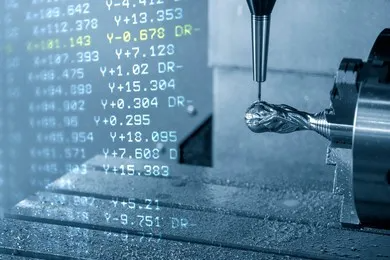
By keeping these common mistakes in mind and following a strict maintenance schedule, operators of CNC machines can increase their productivity while avoiding expensive headaches. Doing so will help ensure hassle-free machining for years to come.